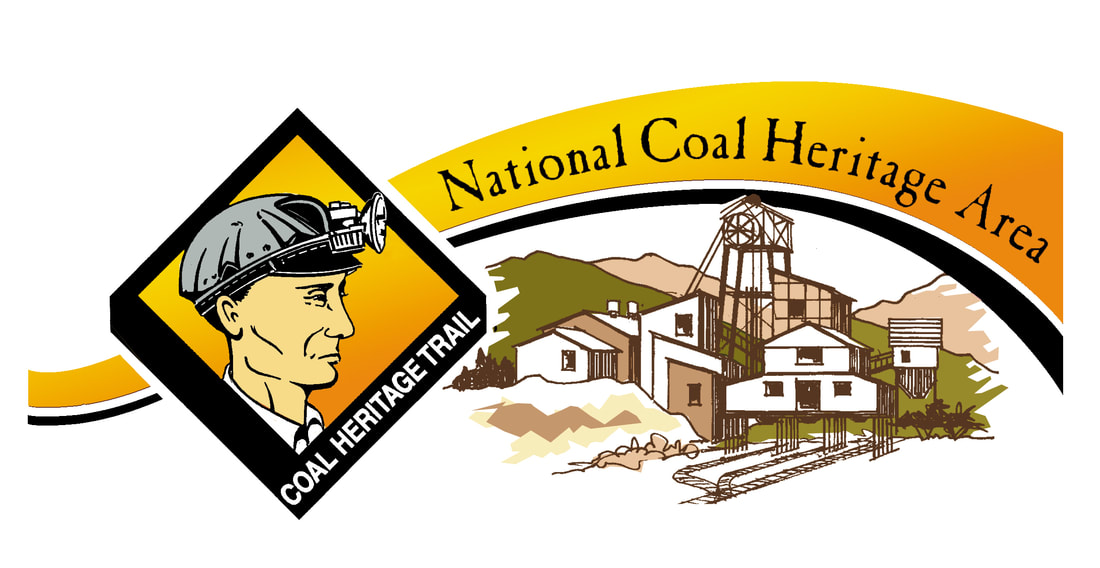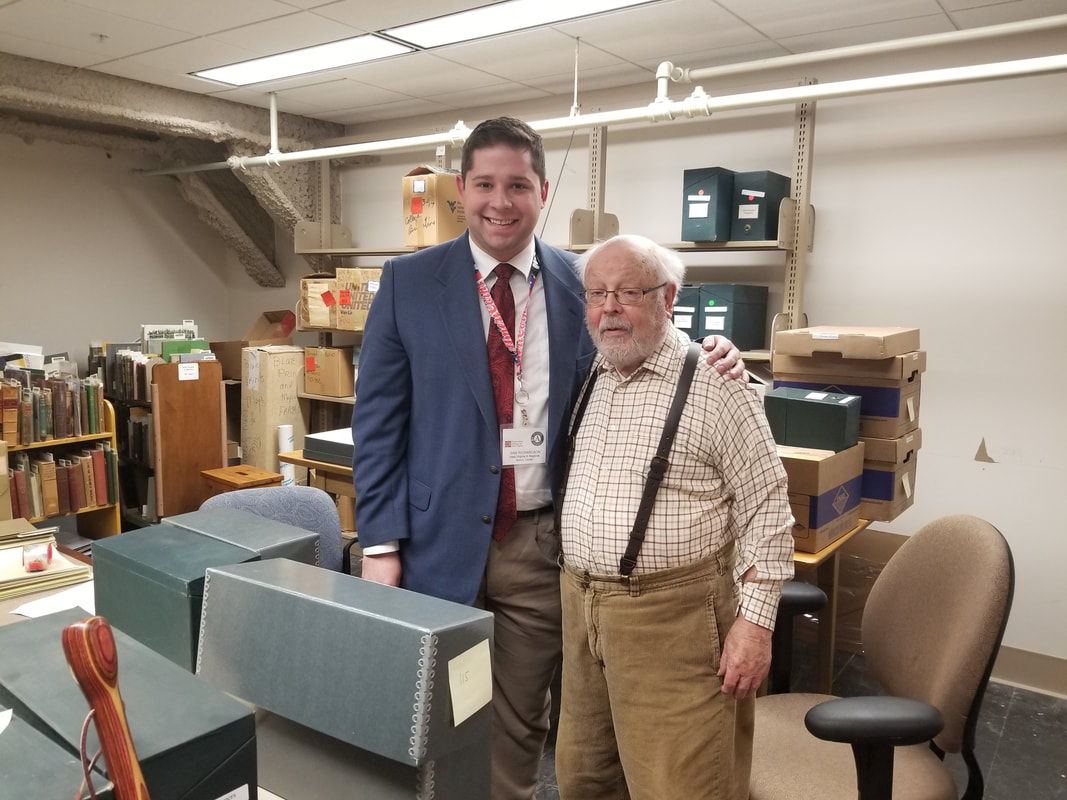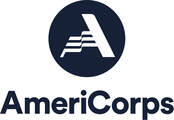|
Join PAWV in supporting the Appalachian Forest Heritage Area (AFHA) in its effort to be designated by Congress as a National Heritage Area. Your expression of support NOW for Appalachian Forest National Heritage Area will help bring this long-sought goal to life. WHAT CAN I DO? Tell your U.S. Representatives and Senators you support Appalachian Forest National Heritage Area designation. Showing them strong grassroots support will inspire action! See HERE for a contact list and HERE for sample letters and talking points. WHY AFNHA? For over 15 years, AFHA has worked for conservation and community development in our 18-county region. AFHA conserves, develops, interprets and promotes a regional network of forest-based resources and experiences, benefiting communities and the environment throughout the highlands of West Virginia and western Maryland. Now is the time to expand these efforts during our spring 2018 support letter campaign. AFHA began seeking National Heritage Area (NHA) designation with the approval of our Feasibility Study by the National Park Service in 2006. For the study, more than 150 different private, government and non-profit agencies as well as individuals wrote in support (see list of letters HERE) of this designation. Today, we need to show that support again. Currently, two bills, Senate Bill 401 and House Resolution 3142, have been introduced in Congress to designate the Appalachian Forest National Heritage Area. This designation will bring national recognition of the importance of the Appalachian Forest Heritage story, as well as technical assistance through the National Park Service and funding for local projects. WHAT IS A NATIONAL HERITAGE AREA? For over 30 years, National Heritage Areas have been telling America’s story. They are designed as a cost-effective way of conserving our nation’s natural and historic resources. This approach has been validated in 49 areas around the country, including two in West Virginia (Wheeling National Heritage Area and the National Coal Heritage Area), that have developed dynamic partnerships among local governments, non-profit groups and businesses. The National Heritage Area program in a nutshell:
Let’s look at figures from one of West Virginia’s NHAs. The National Coal Heritage Area (NCHA) generates $207 million annually in economic impact, supports 2,744 jobs and generates $16.8 million in tax revenue. This economic impact consists of: tourism ($205.3 million), operations ($1.1 million), grant making activities ($419,000), and capital expenditures ($238,000).* The NCHA has been a driver of economic development in that southern West Virginia region and transformed communities through preservation and celebration of their rich coal history. The opportunities for our region are similarly limitless; for we are unique. No other NHA has identified forest heritage as its primary theme. NHA status would provide support and funding for the region to develop interpretation and cultural programs; conserve our unique assets, recognize the role of past, present and future of the forest industry; strengthen our forest heritage identity; and share this amazing legacy with visitors. For the history of Appalachian Forest National Heritage Area effort, including Feasibility Study, see HERE
1 Comment
Written by Samuel Richardson, Preserve WV AmeriCorps member serving at the West Virginia & Regional History Center (Samuel (left) pictured above with Dr. Emory Kemp (right))
It was no surprise that I was going to face some serious challenges in my Year of Service with AmeriCorps. I would be examining and arranging the life’s work of Dr. Emory Kemp, with the goal of making his 300 box collection of blueprints, maps, restoration project reports, structural analysis papers, drawings, correspondence, and much more accessible to patrons of the West Virginia and Regional History Center (WVRHC). Public History, as an academic field, was foreign territory for me. However, as a graduate from the Public Administration program at West Virginia University, I was prepared to tackle any project that served the public’s interest. The transdisciplinary shift was a challenge, but complimented my “Clifton Strength’s Finder” examination which discovered my strength in adaptability. Transdisciplinary shifts into public history are not unheard of, as according to Dr. Kemp, the structural mechanics PhD, was moved from civil engineering to the History Department at West Virginia University. Despite resistance in his early educational career to studying history as an academic discipline, he choose to remain in engineering. His resistance however, was no match for the orders of West Virginia University President James G. Harlow, who would implore Dr. Kemp lead the newly founded Institute for the History of Technology and Industrial Archaeology in the Department of History, not engineering. This was one of the many anecdotes that developed in the Monday afternoon meeting with the retired academic stalwart. Perhaps, in the process of officially retiring, as he promises his newest developing book on the Big Sandy River will be his last. The materials in the collection were assembled to support projects over Dr. Kemp’s 50 year career. The materials were arranged in a manner with no particular emphasis on a preserved original order. Dr. Kemp stated that he expected the professional expertise of the faculty and staff at the WVRHC to arrange the materials in a fashion that would make his work most accessible to researchers. Kemp also agreed with the proposed series arrangement, where WVRHC faculty member, Jane LaBarbara, and I hope to divide the collection into three major series, Kemp’s Personal Library, Publications by Kemp, and finally, “Subject Files” or “Research Projects.” In hopes of understanding which areas of the large collection are appropriate to highlight and exhibit, Dr. Kemp will provide Jane and I with a list of 35 projects that were of noteworthy accomplishment and could be listed as potential engineering breakthroughs. Some of which, were his role in the construction of the Sydney Opera House, and saving the Baltimore Gas and Electric Company potentially millions of dollars, by engineering a way for them to integrate new equipment without completely destroying an older building. Kemp hopes to sit down with LaBarbara and me to discuss each of the projects in further detail.  To support community efforts to preserve, interpret and promote coal heritage resources, the National Coal Heritage Area Authority announces a grant round for eligible projects within the National Coal Heritage Area. The NCHA encompasses 13 counties in southern West Virginia: Boone, Cabell, Fayette, Lincoln, Logan, McDowell, Mercer, Mingo, Raleigh, Summers, Wayne, Wyoming and the Paint Creek and Cabin Creek watersheds in Kanawha County. Organizations eligible for grant awards are legally established non-profit organizations and institutions (recognized by the IRS) and public and governmental organizations including county and municipal governments, state agencies, economic development authorities and educational institutions, including public and private not-for-profit schools. Applicant organizations must provide 50% of the project cost and may request grants ranging from $1,250 to $15,000 with the remainder provided in documented matching funds. Applications are due by 5:00 PM, April 13, 2018 to the NCHA office. The NCHA management plan identifies interpretive themes for the area. Each project must address at least one of the interpretive themes in some manner and could go across several thematic areas. Both interpretive themes and eligible funding categories are listed below. For a full packet of information and to consult about your project, contact NCHA staff - www.coalheritage.org/Contact.aspx Interpretive Themes
Eligible Funding Categories Interpretation and Heritage Programming: (Grant awards range from $ 1,250 - $10,000) Projects must create or further develop interpretive opportunities related to coal heritage within the National Coal Heritage Area incorporating at least one of the interpretive themes. Examples of eligible projects are interpretive brochures and guides, performances and performance spaces, interpretive exhibits, creation of public art exhibits and development of interpretive signs and brochures for walking/biking trails. It can include community or school based heritage education projects. Designs for printed materials, signage design and interpretive plans must be approved by the National Coal Heritage Area Authority before printing or fabrication of signs begins. Exterior interpretive signage must use the graphic design template currently in use by the National Coal Heritage Area. Historical markers will be allowed under this category, but must be a part of the Division of Culture and History’s historical marker program and must include adequate space for a minimum of two vehicles to safely pull off the road. Historic Preservation and Resource Stewardship: (Grant awards range from $ 1,250 - $15,000) Projects in this category must further the preservation, protection, and/or restoration of historic properites, landscapes and cultural resources with the National Coal Heritage Area and be directly connected to the interpretive themes of the National Coal Heritage Area. All structures must be listed on the National Register of Historic Places or determined as eligible for listing by the State Historic Preservation Office. Preservation and restoration of historic structures must adhere to the Secretary of the Interior’s “Standards for Treatment of Historic Properties.” All preservation projects are subject to approval of the WV State Historic Preservation Office and may not proceed until written notice from SHPO is received. Examples of eligible projects are development of a historic preservation master plan for an existing National Register district or structure, structural analysis for the purpose of stabilizing an eligilble structure and interior and exterior rehabilitation. (Contact the State Historic Preservation Office, 304-558-0220 for technical assistance in determining eligibility of structures.) Archives and Historical Record Collection: (Grant awards range from $ 1,250 - $10,000) Grants within this category will serve to increase the public’s access to historical records and documents or to preserve paper-based archival documents. Examples of possible projects include collecting and cataloguing archival documents to be made available to the public and creation of systems to allow on-line access to document images. All work done under this category must focus on improving the public’s access to archival information, but may not include ongoing operational expenses of operating an archival facility. A catalogue of material collected and archived under this grant category must be published and made available to the public either on-line or in print and a copy provided to the National Coal Heritage Area Authority. Greenways, Public Parks and Non-motorized Trails: (Grant awards range from $ 1,250 - $15,000) Grants within this category must focus on creating outdoor interpretive spaces, be open to the general public and be generally accessible to the traveling public. Example of projects could include a trailhead facility that relates to the coal heritage of the area, interpretive materials, water trail access, roadside pull-offs featuring interpretive signage and/or historical markers, gateways to coal communities and non-motorized trails that connect historic resources. Design plans and feasibility studies for these types of projects are also considered to be eligible. In general playgrounds and recreational facilities will not be eligible for funding, unless they contain an interpretive element. Plans for maintenance of the site must be clearly defined with a responsible entity identified. All design plans for approved projects must be submitted to the National Coal Heritage Area Authority for approval before actual construction begins. Educational Activities and Events: (Grant awards range from $1,250 to $2,500) Grants within this category will focus on providing education opportunities within the community or schools. Educational activities should focus on preserving and sharing the history of the region with children, young adults or community members or involving those groups in collecting and preserving history. Eligible activities include: Field trips when combined with other educational activities, art projects that explore the history and culture of coal and coal communities, including drama, literature, photography, visual arts, music, dance, public art projects, special speakers or presentations when combined with other educational activities, historical research and documentation including oral and family histories and digital stories created by students and community members, and workshops or presentations designed to assist communities in preserving and interpreting their history. |
News and NotesCategories
All
Archives
May 2024
Subscribe to our mailing list to receive e-news updates on historic preservation news and events in West Virginia.
|
Get Involved |
Programs |
Contact UsPreservation Alliance of West Virginia
421 Davis Avenue, #4 | Elkins, WV 26241 Email: [email protected] Phone: 304-345-6005 |
Organizational Partners:
© COPYRIGHT 2022 - PRESERVATION ALLIANCE OF WEST VIRGINIA. ALL RIGHTS RESERVED.


 RSS Feed
RSS Feed



